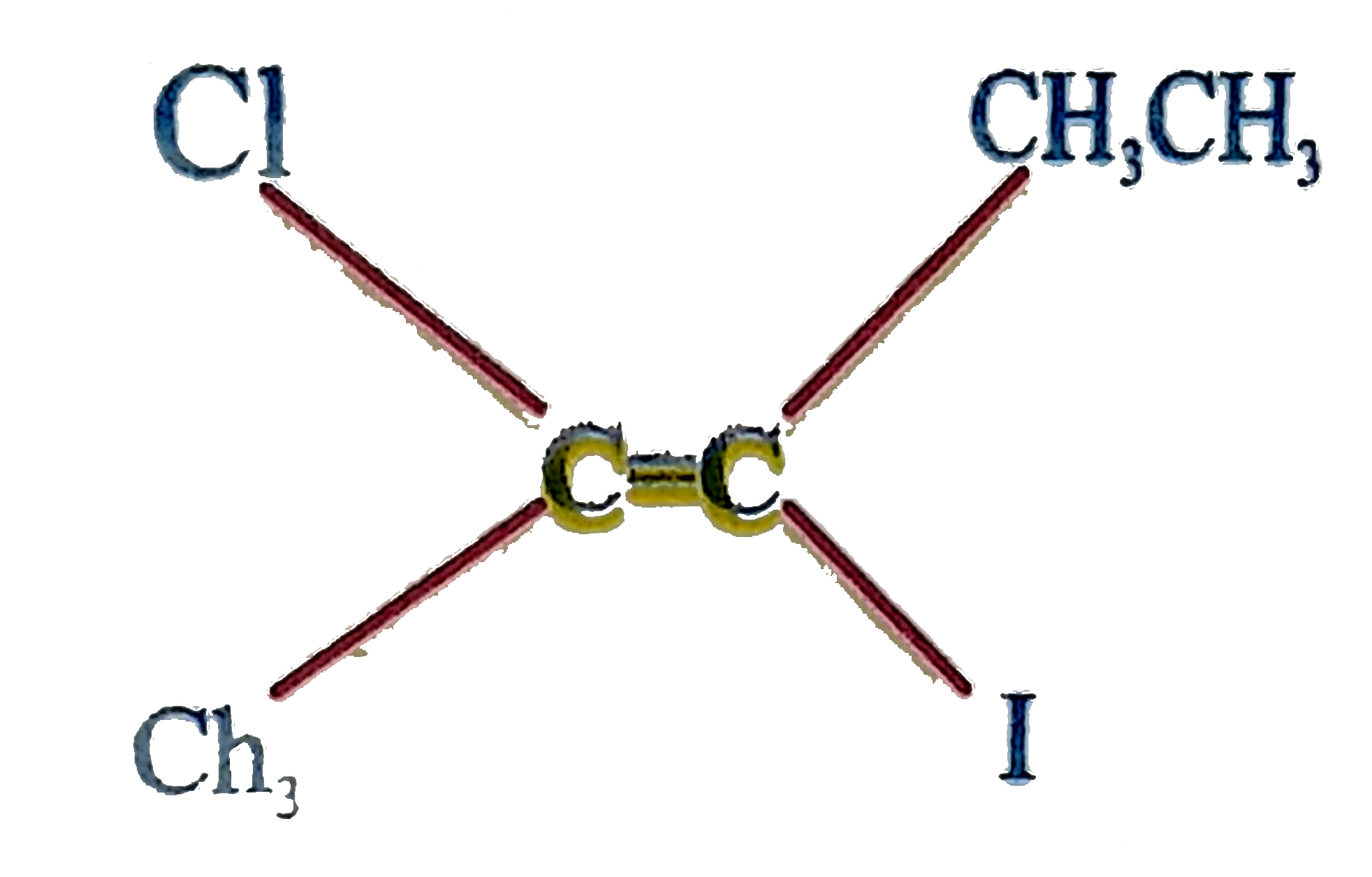Complete Solutions to Optical Isomerism: of chapter GENERAL ORGANIC CHEMISTRY of Class 11 book with complete answers and questions
| Class 11 | CHEMISTRY |
| Chapter | GENERAL ORGANIC CHEMISTRY |
| NARAYANA | Optical Isomerism: |
| Number Of Questions | 24 |
| Academic Year | 2023-24 |
The property by virtue of which a compound can rotate plane polarized light is known as
View SolutionAn organic molecule necessarily shows optical acitivity if it
View SolutionIn lactic acid, a methyl group, a hydroxy group, a carboxylic group are attached to a central carbon atom shows optical activity due to the molecular geometry at
View SolutionThe instrument used for measuring specific rotation is
View SolutionOptical inactivity of meso isomers is due to
View SolutionThe 'd' and 'l' forms of an optically active compound differ in
View SolutionA recemic mixture is a mixture of
View Solutiond-tartaric acid and l-tartric acid are
View SolutionMeso isomers are possible when the organic compound contains
View SolutionMeso-tartaric acid is optically inactive due to the presence of
View SolutionOptically active isomers but not mirror images are callled
View SolutionIUPAC name of the compound

View SolutionA racemic mixtrue is optically inactive due to :
View SolutionThe process of separating a racemic mixture into optically pure `(+)` and `(-)` enantiomers is known as
View Solutiond-tartaric acid and l-tartric acid can be seperated by
View SolutionA similarity between optical and geometrical isomerism is that
View SolutionOptically active tartaric acid is named as D(+) tartaric acid because it is
View SolutionWrong statement among the following
View SolutionWhich of the following compounds is not chiral
View SolutionMinimum numbe of C atoms for an alkene hydrocarbon, that shows geometrical & optical isomerism bothe ( not consider the isotopes)
View SolutionThe number of asymmetric carbons and number of optical isomers the compound `CH_(3)(CHOH)_(2)COOH` can form are respectively
View SolutionThe total number of optically active isomers for `CH_(2)OH(CHOH)_(3)CHO` are
View SolutionAmongst the following compounds, the optically active alkane having lowest molecular mass is:
View SolutionThe structure
 Shows
Shows
View Solution
Optical Isomerism: questions and complete solutions for chapter GENERAL ORGANIC CHEMISTRY of NARAYANA CHEMISTRY (HINGLISH) of Class 11
All Exercises from NARAYANA Class 11 CHEMISTRY GENERAL ORGANIC CHEMISTRY
- Assr& Rea
- COMP 1
- COMP 2
- COMP 3
- COMP 4
- COMP 5
- COMP 6
- COMP 7
- COMP 8
- COMP 9
- Comphrehension -II
- Comphrehension Type questions comprehension-I
- Comprehension
- Conformational isomerism:
- Geometrical Isomerism:
- II) Keto-Enoltautomerism:
- Integer type questions
- Isomerism
- level -IVMCQ s With More Than one Answer
- Level i
- Level II
- Level IV Ncert based questions I) Structural isomerism:
- Level-II Isomerism
- Level-III
- Matrix-Match type questions
- Maximum
- MCQ s With More Than one Answer
- more than one answer type
- More than one answer type Structural and Keto-Enol Tautomerism
- Optical isomerisim:
- Optical Isomerism:
- Optical isomerisom
- Single correct answer
- Solved Problem